Best Places to Visit and Sights in England
10 Top and Best Attractions in England
It might be a small country in European terms but England is packed with a wealth of natural beauty and historical attractions that appeal to all ages and interest groups.
From stunning national parks and spectacular coastlines to ancient cities and civilizations, England has it all. Working roughly from North to South, we’ve picked our own top ten of English attractions.
Looking for Accommodation ?
1. Hadrian’s Wall
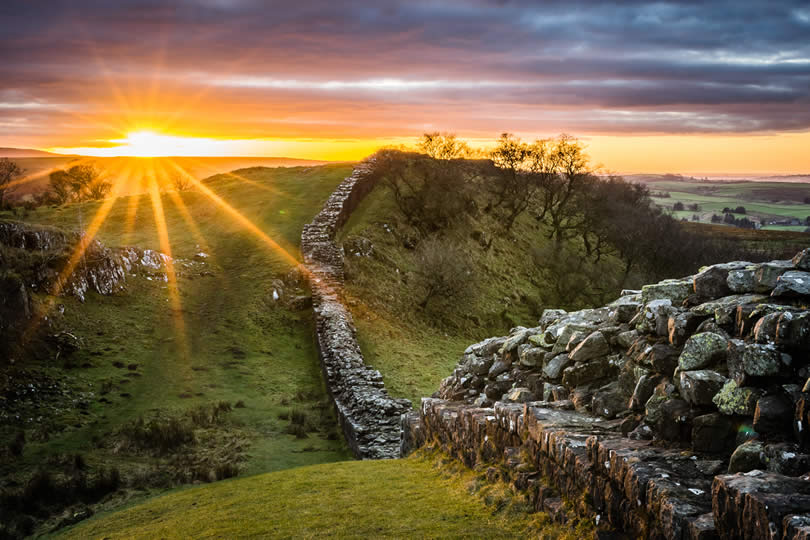
The Roman’s defined the border between England and Scotland creating a defensive position that became a hotbed of power struggles for centuries. Today, Hadrian’s Wall is a UNESCO World Heritage Site that gives a powerful glimpse back to the days when the Roman Empire covered the known world.
It sprawls 80 miles from coast to coast and took six years to build. Ramparts, forts, milecastles and barracks crossed the country in an amazing feat of engineering, much of which can still be visited today. Watch archaeologists at work on live sites, explore how the Roman soldiers and their families lived, shopped and even bathed or simply enjoy the wild scenery on either side of the wall.
2. The Lake District
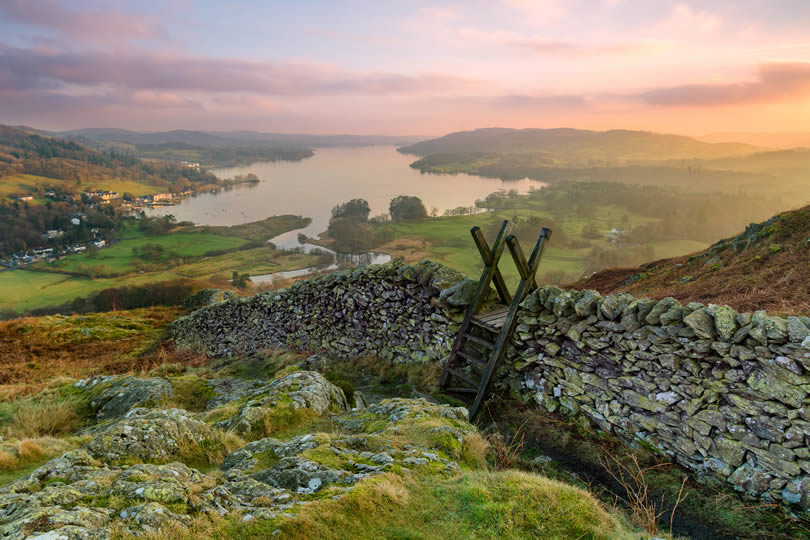
The Lake District is home to England’s highest mountain, Scafell Peak and for many years has been a designated National Park. Climb the peaks, hike across the wild but beautiful countryside or relax on the shores of the lakes. Perhaps most popular is Lake Windermere where you’ll find the Lake District Visitor Centre.
Here you can pick up walking or cycling maps or book a Windermere Lake Cruise. Another lovely stretch of water is Coniston where John Ruskin made his home and Donald Campbell made his record-breaking speed attempts. Maybe, one of the Lake District’s most famous residents, though, was Beatrix Potter the creator of Peter Rabbit. You can visit Hill Top, the farmhouse where she lived and wrote.
3. York
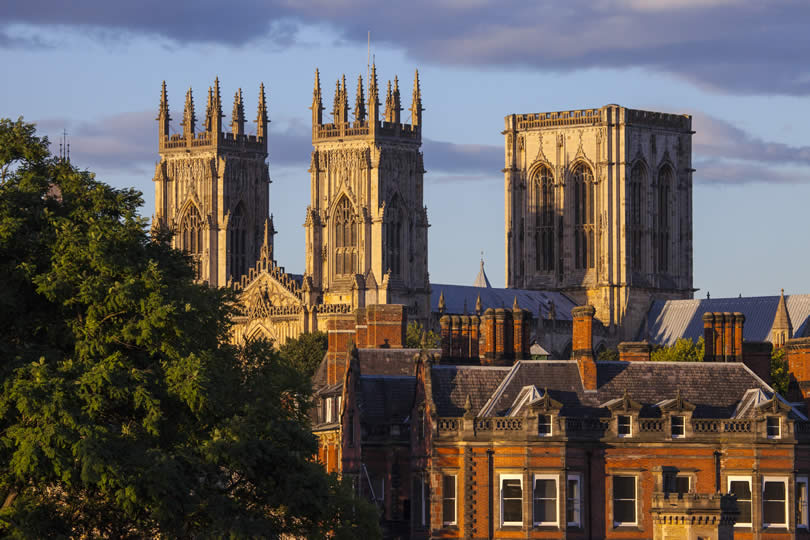
Sitting at the edge of the spectacular Yorkshire Moors is the county town, York. For centuries, York held an important defensive position and was occupied in turn by the Romans and the Vikings. The round York Castle, sitting on its grassy Motte gives a glimpse back over nine centuries of history while the Jorvik Viking Centre takes you even further back in time. This attraction is a reconstructed village that immerses you into the gritty daily life of the Vikings with all of its sounds, smells and sights.
In the city centre, stroll around the narrow streets of the Shambles before visiting the beautiful York Minster that dominates the town. This is one of the largest Gothic cathedrals in Europe and has a unique stained glass window. Called the Five Sisters Window it’s Britain’s only memorial to the women who lost their lives in the First World War.
4. Cambridge
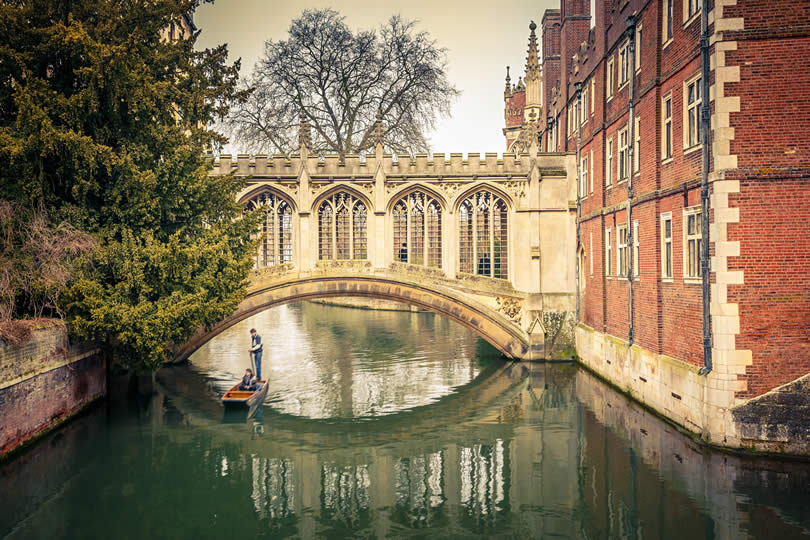
The university town of Cambridge is famous for its colleges, choirs and chapels and is a lovely place to explore on foot. Take a stroll along the college “Backs” by the side of the River Cam before visiting some of the ancient university buildings such as Christ and Clare Colleges or King’s and Trinity Colleges with their beautiful chapels.
While in Cambridge, be sure to explore the Fitzwilliam Museum and the Botanical Gardens with its exotic specimens.
5. Stonehenge
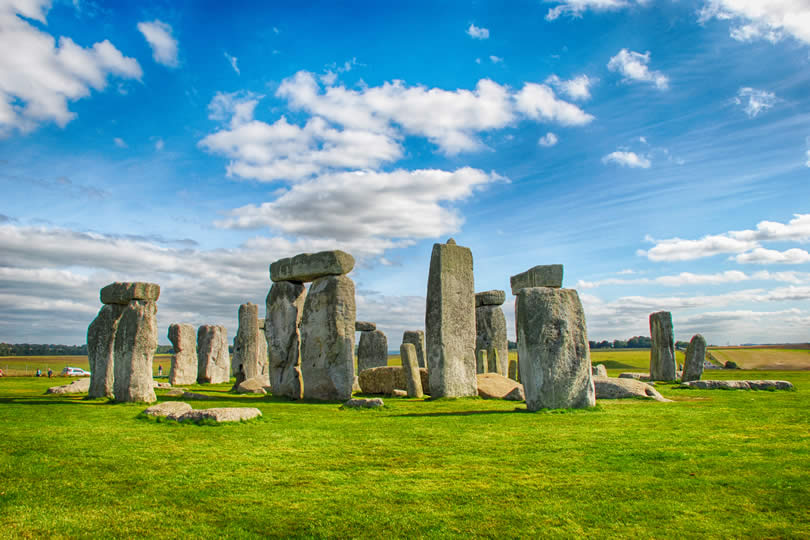
Standing proudly on a plain just North of Salisbury is the ancient monument of Stonehenge, the best known Neolithic monument in Europe.
Stonehenge still remains an enigma, no one knows quite sure why or even how it was built. Soak up the atmosphere of the ancient and mysterious landscape before visiting reconstructions of Neolithic houses to explore the tools and household objects of our ancestors’ daily lives.
6. The Roman Baths
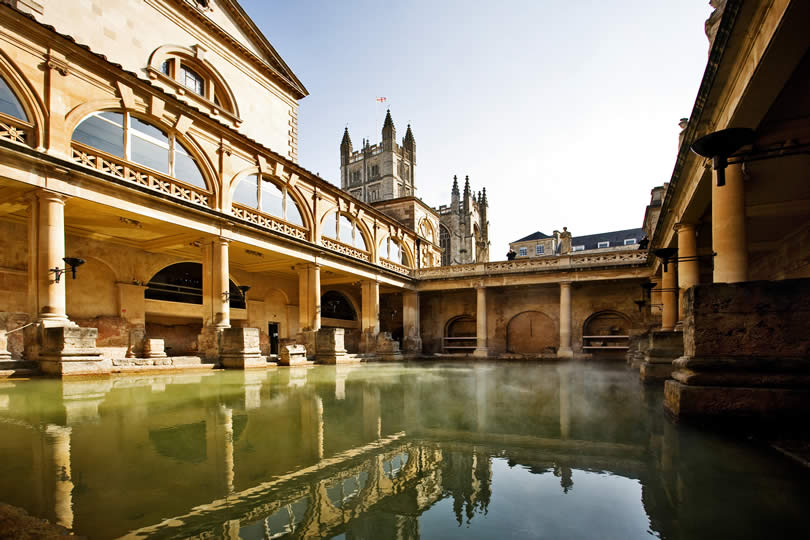
The city of Bath is one place where the Romans really left their mark. In this pretty town built of honey-coloured local stone, you can marvel at one of the ancient world’s greatest religious spas where thermal springs rise up from underground.
Bath also celebrates the world and writing of the 18th-century author Jane Austen who spent many Summers here. Find out about her life and times in the Jane Austen Centre.
7. Westminster London
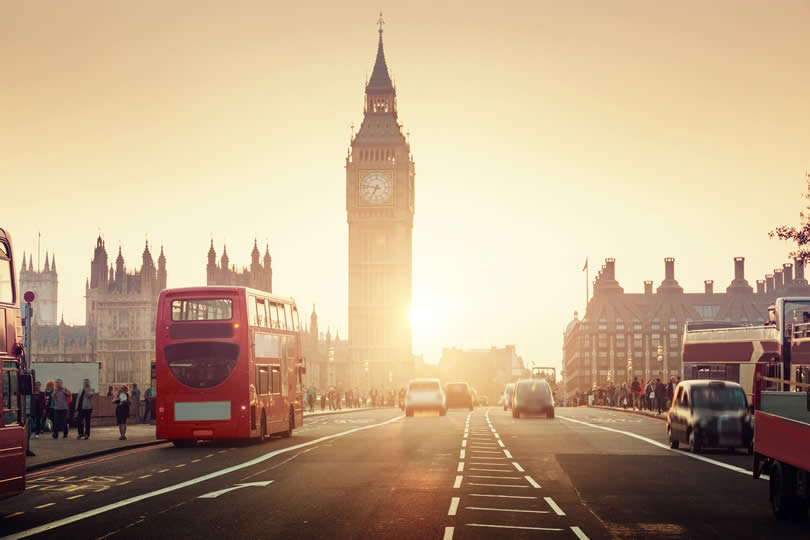
The Westminster district of London is at the heart of the UK’s political life and the home of the Houses of Parliament, Big Ben and Westminster Abbey.
Take a tour of these historic buildings before heading across Westminster Bridge to get a different perspective on the city landscape with a ride on the London Eye. Also here, is the London Aquarium with its huge tanks that cover several floors.
8. Windsor Castle
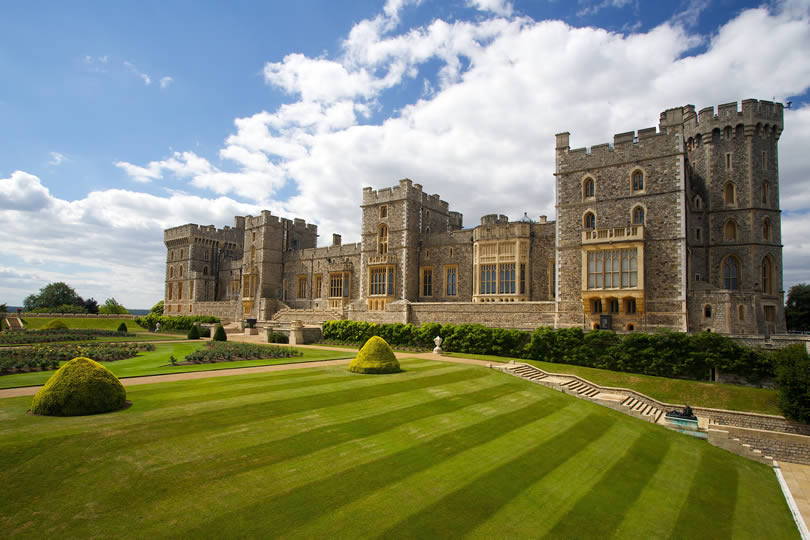
Windsor Castle is said to be one of the Queen’s favourite residences and a place where she likes to spend her private weekends. It is also the largest inhabited castle in the world. If you see the Royal Standard flag flying from the Round Tower when you visit, you’ll know you’re sharing the castle with Her Majesty.
Leave plenty of time to stroll through the magnificent State Apartments and take in the atmosphere of St George’s Chapel. The Queen Mary’s Doll’s House in the largest in the world and recreates a unique miniature glimpse into upper-class life of the 1920s.
9. The Jurassic Coast
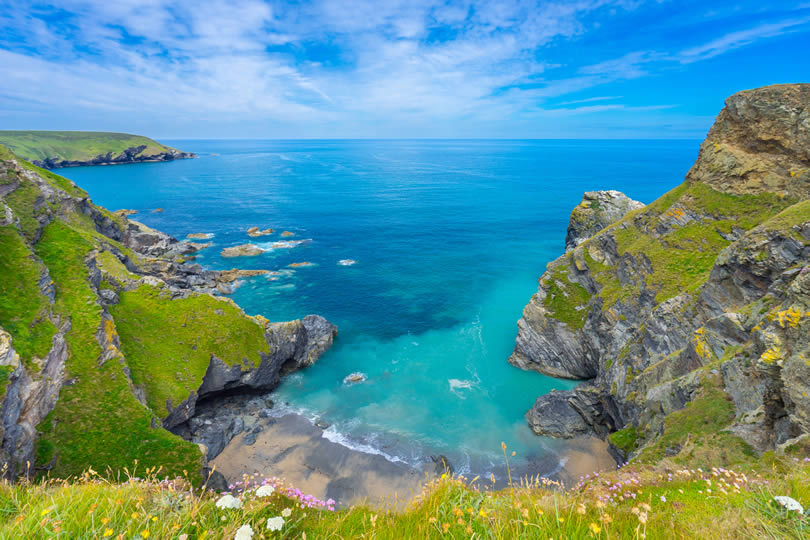
Head away from cities now as you visit the breathtaking Jurassic Coast. This 95-mile coastline stretches across Devon and into Dorset and is made up of pretty resort towns, beautiful beaches and magnificent cliffs.
Every time a landslide occurs along the Jurassic Coast more of the Earth’s ancient past is discovered as geological specimens and dinosaur fossils are revealed.
10. St Michael’s Mount
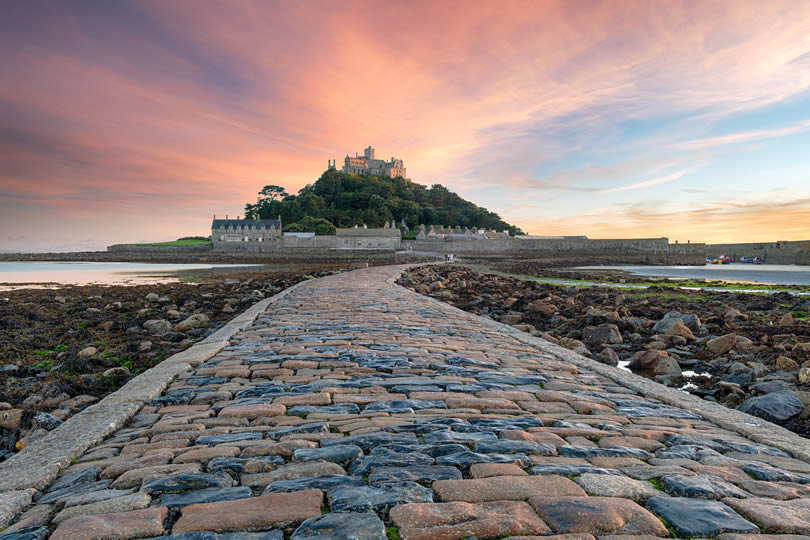
A trip to St Michael’s Mount actually takes you off the mainland of England’s Cornwall and onto a small island. Crossing the granite causeway to the Mount takes you in the footsteps of a legendary giant.
A medieval castle seems to grow out of the rock formations while this tiny spot of land is also home to a priory, a fortress and a small harbour. The unique micro-climate means the landscape of St Michael’s Mount is covered in a colourful exhibition of rare and exotic plants.

